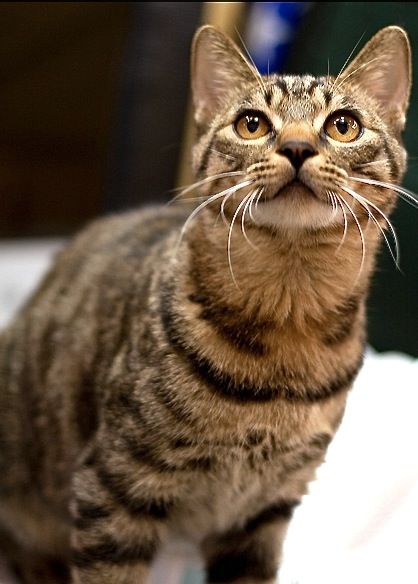Cat Fanciers’ Association, abbreviated CFA, annually publishes statistics on the number of registrations of cats of different breeds in the world. Only those cat breeds that are recognized by the CFA are taken into account (currently there are 42).
The next report was published in February 2016 and is based on data from registrations of cat breeds from January 1 to December 31, 2015. The breeds in the bottom 10 in this report are among the rarest breeds in the world. It is only necessary to make a reservation that these are the rarest of the CFA-recognized breeds.
10th place. American curl. This breed, bred in the USA in 1981 and distinguished by its special curled back ears, has two varieties: semi-longhaired and shorthaired. Some cat associations recognize the two species as separate breeds. The American curl is quite famous in the United States but rarely found in other countries.
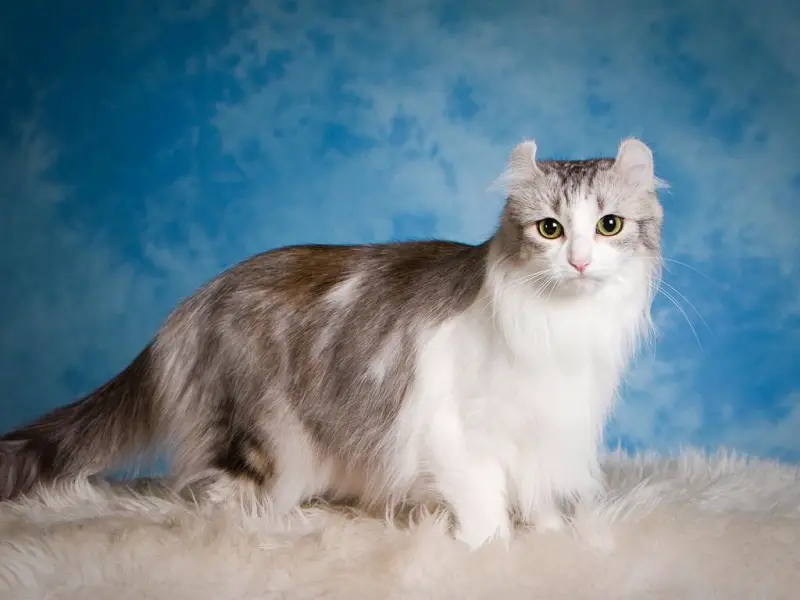
9th place. European Burmese cat. The CFA distinguishes between the Burmese cat itself and its species bred in the UK, calling it the European Burmese.
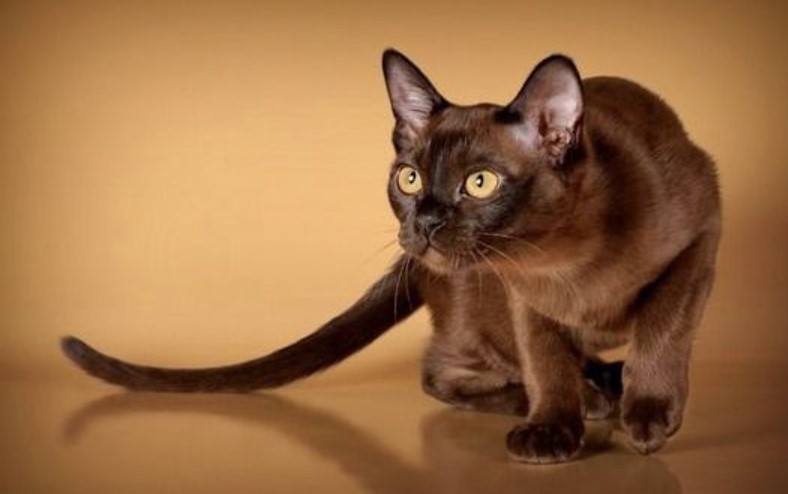
8th place. Havana. The breed was bred in England in the middle of the last century by crossing between Siamese and black British cats. Until the end of the 90s, the number of catteries breeding this breed did not exceed 12, and the number of Havana cats and cats in the world did not exceed 130. Recently, the popularity of the breed has been growing, but it is still one of the rarest in the world.

7th place. The American Bobtail is a large domestic cat breed, bred from wild North American cats in the 60s of the last century, and in 1989 recognized by three cat associations, including the CFA.
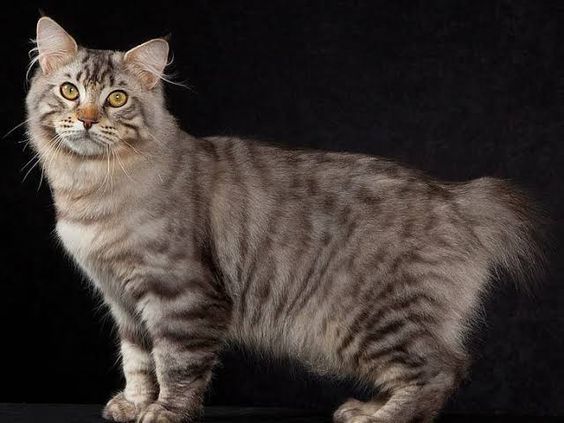
6th place. Korat. In size and color, this breed resembles a Russian blue cat, but the ancestors of this breed are not from Russia, but from Thailand, from where they were brought to the United States in 1959. In Europe and America, only those representatives of the Korat breed who were taken from the province of the same name in Thailand are valued. But only specialists can distinguish them from the blue short-haired Burmese or bluish-silver oriental short-haired.
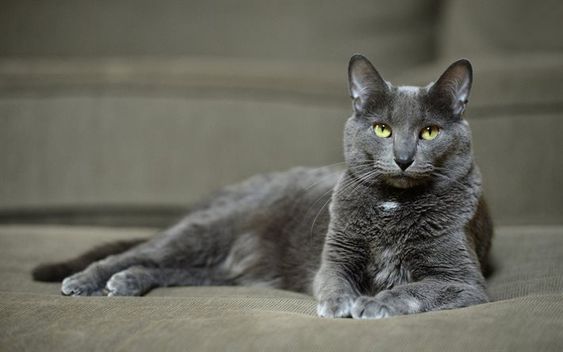
5th place. Burmilla. The breed was bred in the UK in 1981 as a result of an unplanned mating of a Persian chinchilla and a lilac Burmese.
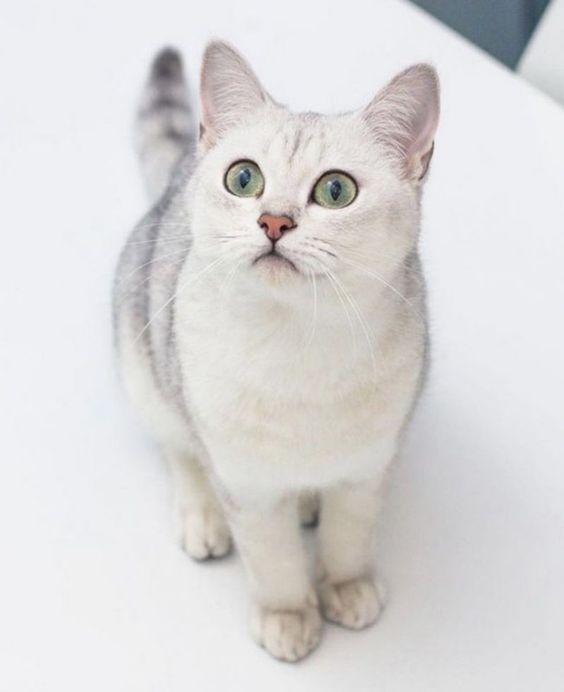
4th place. American Wirehaired Cat. This breed emerged as a result of a spontaneous mutation of the American Shorthair cat in 1966. It soon became clear that the mutation is dominant and it is not difficult to breed such cats. Another name for the American wire-haired breed is the wire-haired breed for the appearance of the coat. The degree of effect of such wool is different. Wool hair can be fastened together, or bent. Therefore, if a cat of that breed is combed, the “spring” effect will disappear.
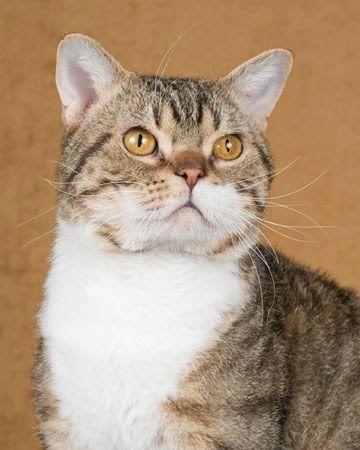
3rd place. Turkish van (another name is Turkish van cat) is one of the oldest breeds of domestic cats. It is a semi-longhaired large cat with a muscular elongated body. It is one of the largest cat breeds. The length of males from nose to the tip of the tail is from 90 to 120 cm, height at the shoulders is 35-40 cm, weight is from 6 to 9 kg. Females are smaller and weigh between 4.5 and 6 kg.
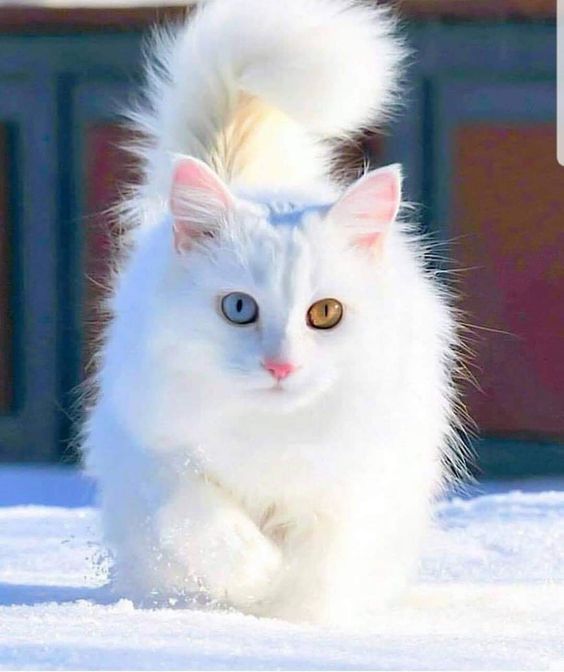
2nd place. LaPerm is a breed of cats with curly hair that appeared in the United States in the 1980s as a result of the free crossing. The breed received official recognition in 1996. LaPerm is one of the most expensive cat breeds.
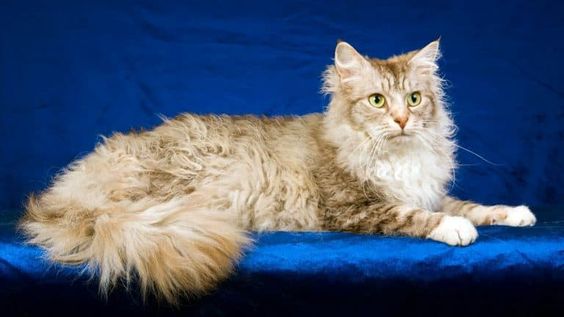
The rarest cat breed in the world is the Dragon Li (also known as the Chinese Li Hua). The CFA recognized this breed, descended from Chinese feral cats, just 6 years ago – in 2010. It is almost impossible to acquire cats of this breed outside of China. In China itself, the breed is also not numerous. The popularity of this breed is not added by the fact that in appearance it practically does not differ from ordinary mongrel cats.
